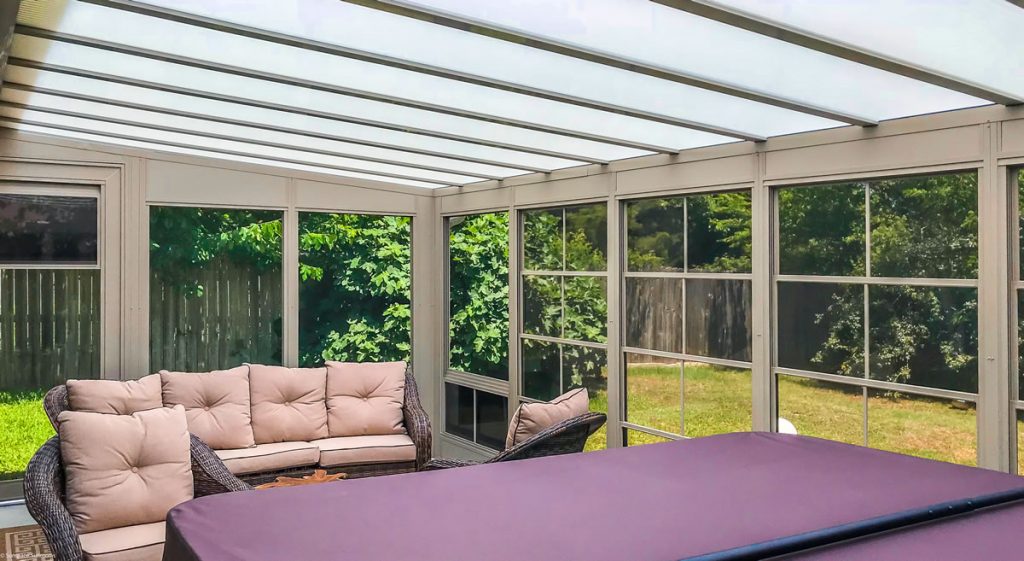3-Season vs. All-Season Sunroom: Which Is Right for Your Home?

If the point of a sunroom is to flood your room in natural sunlight, then of course you’d like to have a sunroom that you can enjoy for as much of the year as possible. That’s why sunroom companies like Sunspace Texas provide both 3-season sunrooms and all-season thermal rooms. But if there’s an option for an all-season room, why would anyone choose a 3-season sunroom? The truth is they each offer their own benefits and may suit different homes in different ways. If you’re torn between the two options, this is the blog for you.
Differences
The difference between a 3-season and all-season sunroom seems immediately obvious: one is meant to be enjoyed throughout spring, summer, and fall, while the other is meant to be enjoyed year round. 3-season sunrooms are typically made with glazed glass windows while all-season sunrooms will be made with double-glazed windows with argon gas in between panes of low-E glass. All-season sunrooms have to focus more on the thermal aspect of the room, keeping the room warm in the midst of winter, while 3-season sunrooms are more focused on light, as Texas weather tends to be warm throughout most of the year.
3-Season Sunroom
The main purpose of a 3-season sunroom is to fill the room with natural light. Here you can enjoy your morning coffee while soaking in the sunlight from the comfort of the indoors, or you can pursue artistic projects in a well-lit space. However, 3-season sunrooms are more efficient than the standard sunroom. In Texas, many homeowners find that a 3-season sunroom is all they need to enjoy comfort in their sunroom because the weather tends to be warm throughout the year. If your focus is more light, a 3-season sunroom is the right choice for you.
All-Season Sunroom
An all-season sunroom, however, should also focus on insulation. Even in Texas winters, there are occasional chilly days, and if you plan to use your sunroom in winter, that chill can be a little detrimental. That’s why all-season sunrooms focus on efficiency and insulation first and foremost. By using double-glazed windows with argon gas, they slow the flow of cold air through the windows. The windows are also low-E so it emits as little thermal energy as possible to prevent heat loss.
The downside is that these windows might not let in as much light as windows in a 3-season sunroom. They’ll still fill the room in sunlight on a sunny day, but they won’t maximize it in quite the same way. However, the room will be comfortable and cozy and you can enjoy it for longer. These rooms will also help to maximize your home’s energy efficiency, even with the added space. It may come down, then, to your personal preferences and priorities.
What kind of sunroom do you prefer for your home? Once you’ve weighed the options, talk to a sunroom company who can make sure you get the most of it. Contact Sunspace Texas today for more information.
